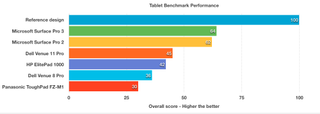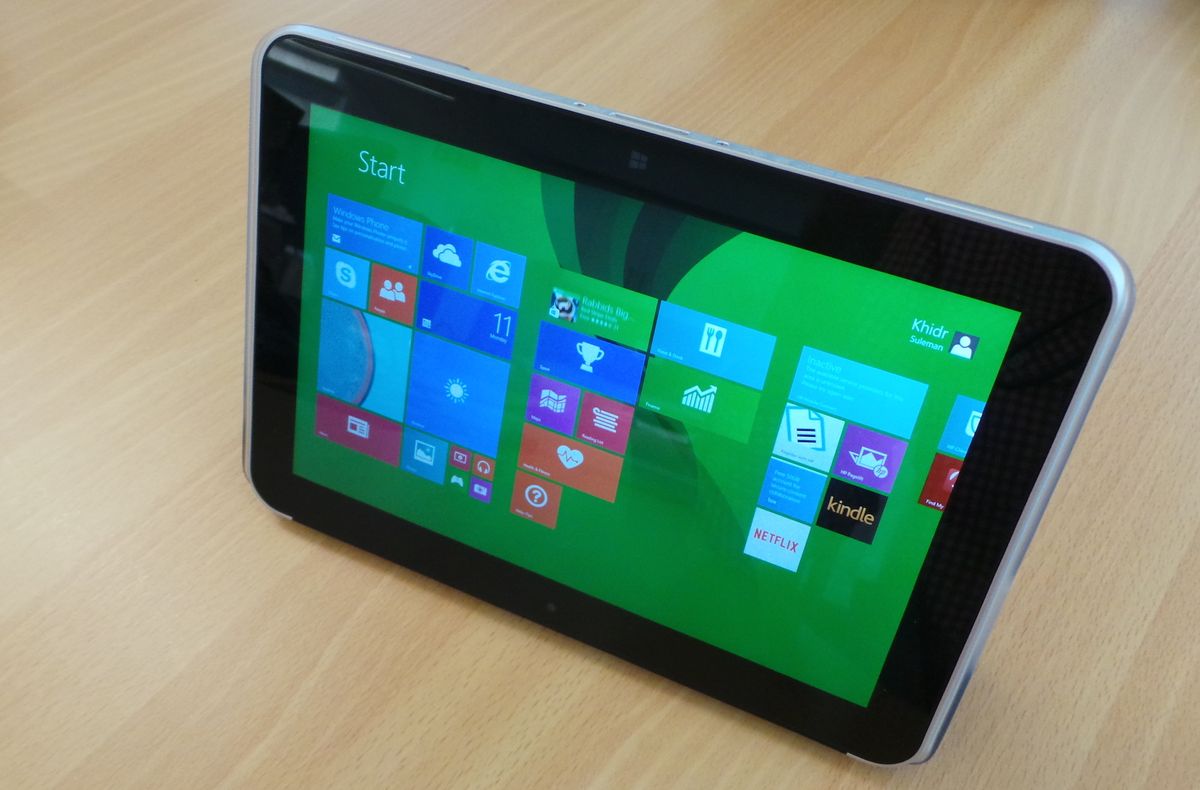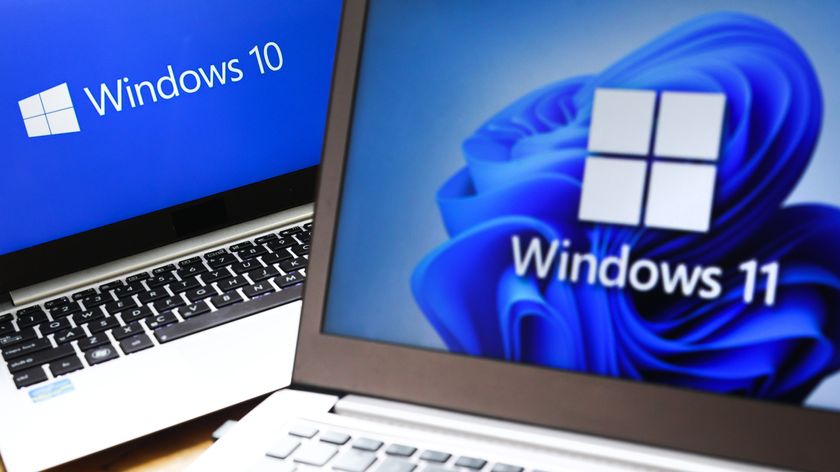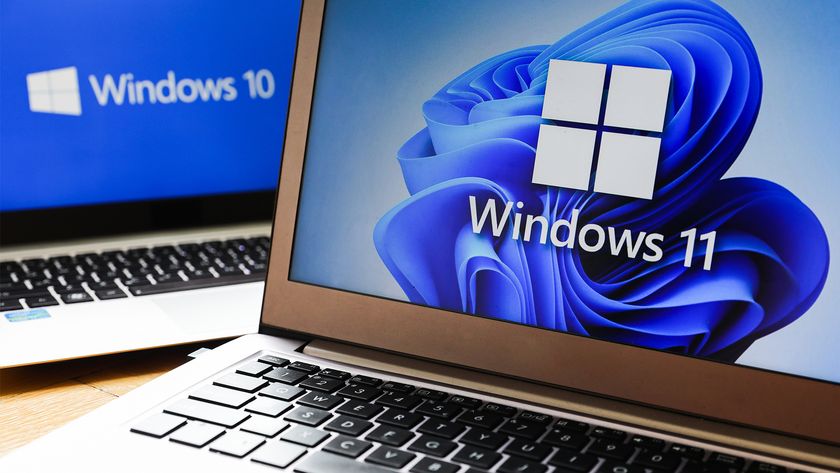Display & connectivity
The ElitePad 1000 has a 10.1in display with a 1900 x 1200 resolution. We measured a maximum brightness of 292cd/m2. It's passable for everyday applications but the colour palatte is washed-out and isn't optimised for multimedia use.
HP toldIT Proit had experimented with a matte finish, but this degraded responsiveness and brightness to such an extent it had no choice but to opt for gloss.
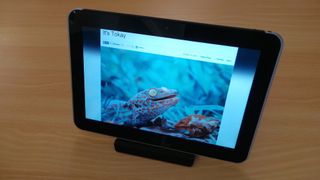
One of the most interesting display tweaks is found on the Start Screen. HP defaults the interface to the 'Apps' view instead of the Live Tiles allowing you to see all programs. You can access the Live Tiles by swiping up but it's possible to use the device without ever seeing them. Most enterprise users are unlikely to mind this.

A pen accessory (40) is available should you want to take notes on the device. It's a solid pen built from aluminium and is responsive when it comes to notetaking. However, it feels like an add-on especially when compared to how Microsoft has integrated its pen functionality into the core of the Surface Pro 3.
Physical ports are almost non-existent without the aforementioned Jackets. But the ElitePad has all the standard wireless connections you'd expect from Bluetooth 4 to WLAN 802.11 ac/a/g/b/n. It's also possible to get 4G connectivity embedded if the device is going to be used away from Wi-Fi frequently.
HP provides a SIM-card through its partner Cubic Telecom. If you ever need 4G data on the move you can activate a pay-as-you-go plan depending on how much data you need from 75MB to 2GB or how long you need it for (up to 30 days). It's like signing up to your own personal hotel Wi-Fi on the move and best of all there is no monthly contract.
At present 4G service is available in following European countries:United Kingdom, France, Germany, Ireland, Belgium, Switzerland, Netherlands and Luxembourg,Spain, Poland and Austria.
4G roaming for the US, China and Hong Kong is "on the way" but there's no time-frame.
Performance
The specification of the ElitePad 1000 is comparable to a tablet rather than an Ultrabook. The device is powered by a 64-bit Intel Atom Z3795 processor with a speed of 1.6GHz together with 4GB of RAM. HP offers 64GB or 128GB of internal storage.
The ElitePad is a responsive device but the 4GB of RAM struggles with the demands of multimedia apps and when it comes to multitasking.
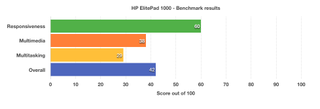
This places the device in the lower-end of the performance scale when compared to fellow Windows 8 tablets.
